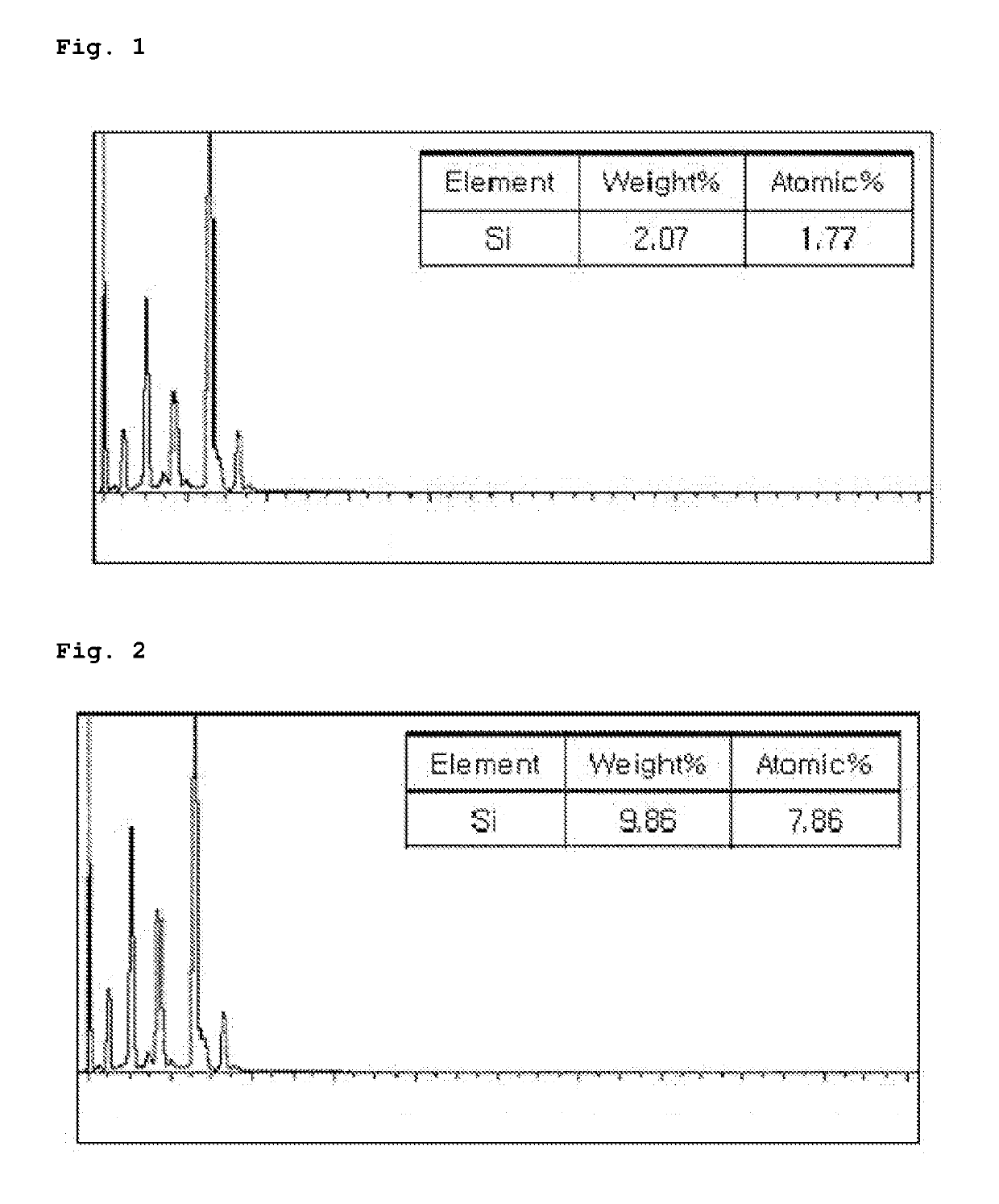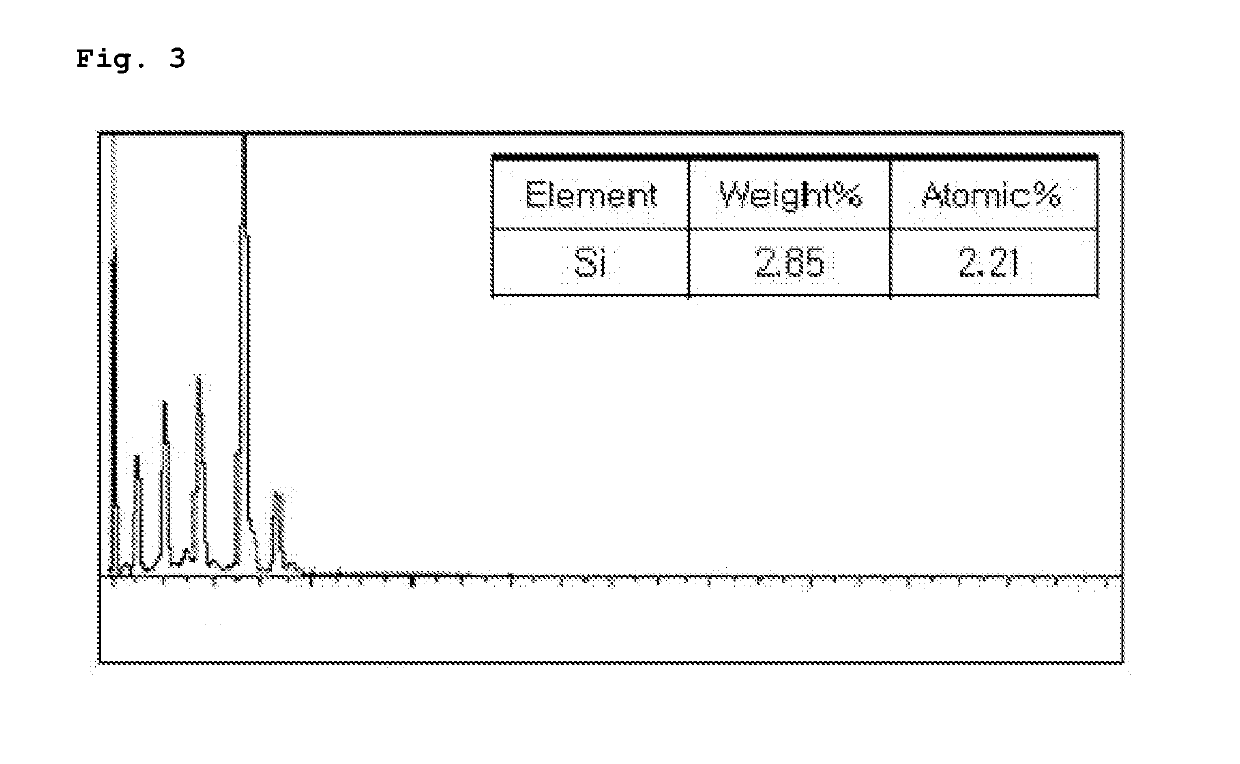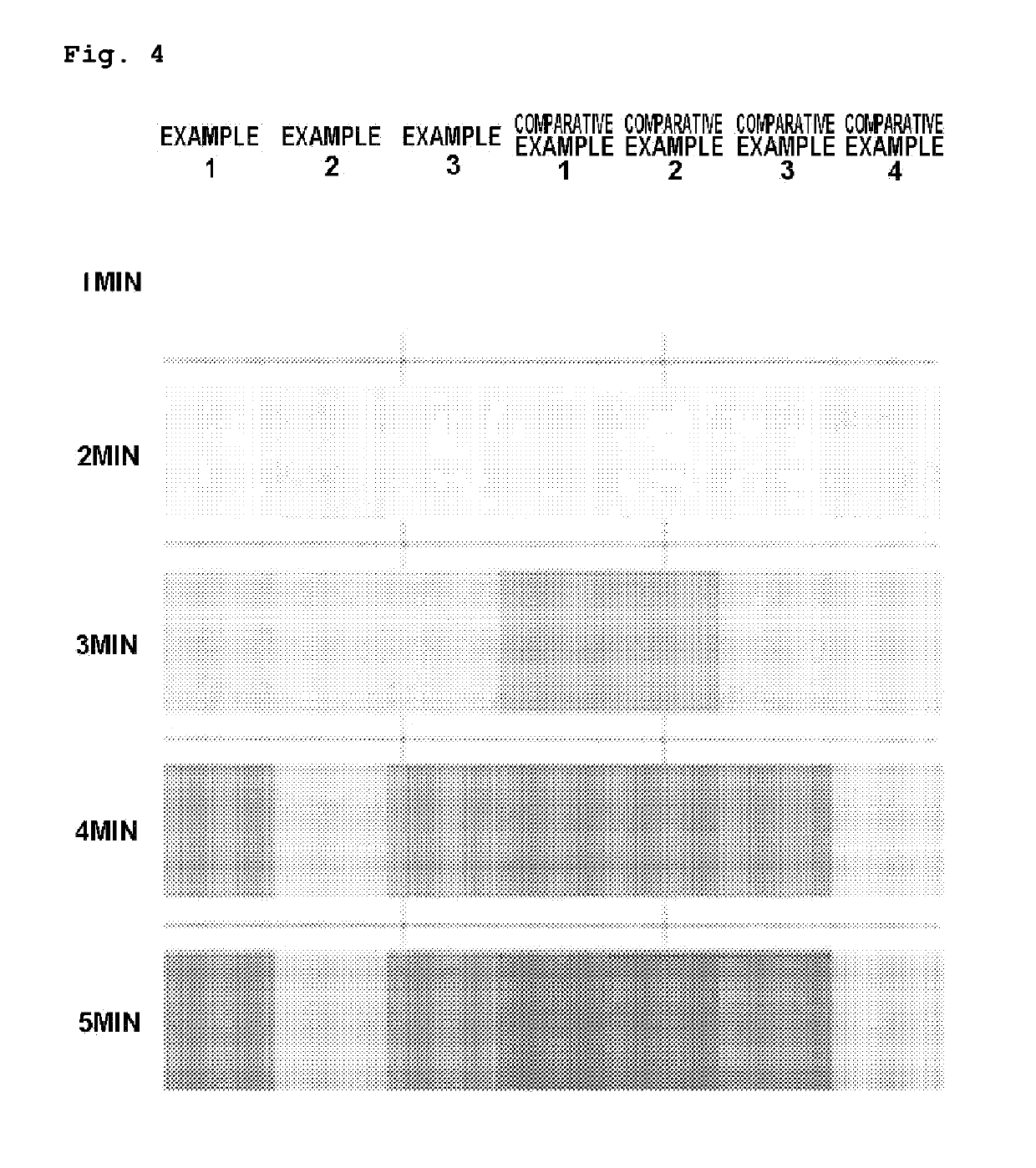Vinyl chloride-based polymer and method for preparing the same
a technology of vinyl chloride and polymer, which is applied in the field of vinyl chloride-based polymers, can solve the problems of allyl chloride and tertiary chlorine, discoloration of resins, and deterioration of physical properties, and achieve the effects of preventing discoloration and deformation of physical properties, reducing production costs, and improving thermal stability
- Summary
- Abstract
- Description
- Claims
- Application Information
AI Technical Summary
Benefits of technology
Problems solved by technology
Method used
Image
Examples
example 1
[0070]180 kg of polymerization water, 30 g of sodium lauryl sulfate, 324 g of sodium hydroxide, and 405 g of monopotassium phosphate (KH2PO4) were added to a 500 L high pressure reactor, and the reactor was degassed while stirring. To the reactor in a vacuum state, 180 kg of a vinyl chloride monomer, 2.25 kg of potassium persulfate and 0.1 parts by weight (on the basis of 100 parts by weight of vinyl chloride monomer) of sodium metasilicate (Na2SiO3) were added, and the temperature of the reactor was elevated to 58° C. to initiate polymerization. After initiating the polymerization, 18 kg of sodium lauryl sulfate was continuously added to the reactor for 5 hours. Then, the reaction was terminated when the pressure of the reactor reached 4 kg / cm2, and unreacted vinyl chloride monomer was recovered and removed. The product thus obtained was spray dried to obtain a vinyl chloride polymer in a particulate state.
example 2
[0071]A vinyl chloride-based polymer in a particulate state was obtained by the same method described in Example 1 except for using 0.5 parts by weight of sodium metasilicate (Na2SiO3).
example 3
[0072]A vinyl chloride-based polymer in a particulate state was produced by the same method described in Example 1 except for using an alkaline solution in which silica gel was dissolved in an amount of 0.1 parts by weight with respect to 100 parts by weight of a vinyl chloride monomer instead of metasilicate (Na2SiO3). In this case, the alkaline solution was prepared by mixing 180 g of silica gel, 120 g of sodium hydroxide and 2.4 kg of water.
PUM
| Property | Measurement | Unit |
|---|---|---|
| temperature | aaaaa | aaaaa |
| temperature | aaaaa | aaaaa |
| weight | aaaaa | aaaaa |
Abstract
Description
Claims
Application Information
 Login to View More
Login to View More - R&D
- Intellectual Property
- Life Sciences
- Materials
- Tech Scout
- Unparalleled Data Quality
- Higher Quality Content
- 60% Fewer Hallucinations
Browse by: Latest US Patents, China's latest patents, Technical Efficacy Thesaurus, Application Domain, Technology Topic, Popular Technical Reports.
© 2025 PatSnap. All rights reserved.Legal|Privacy policy|Modern Slavery Act Transparency Statement|Sitemap|About US| Contact US: help@patsnap.com



